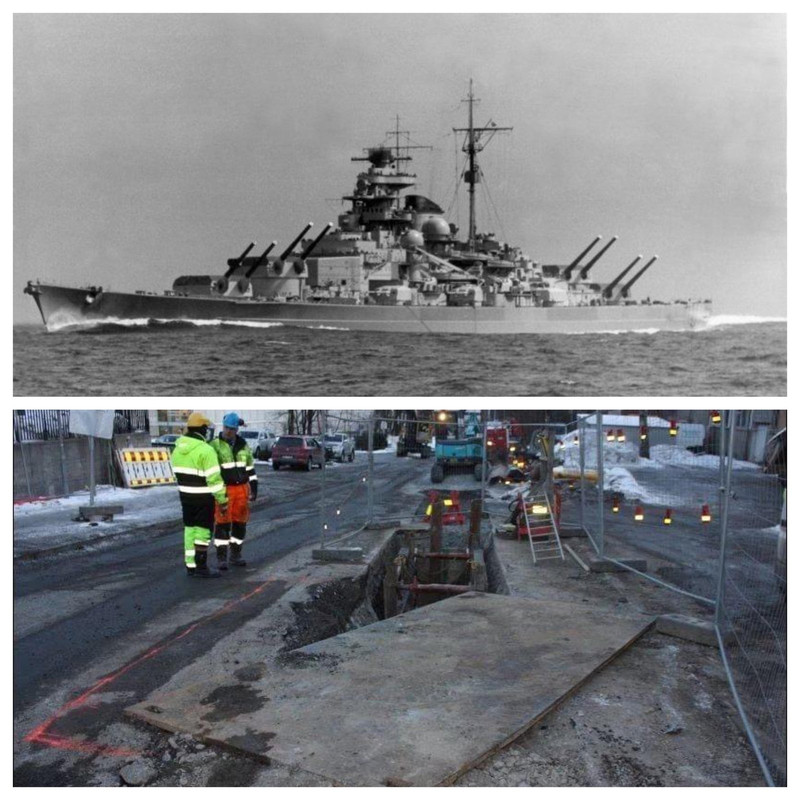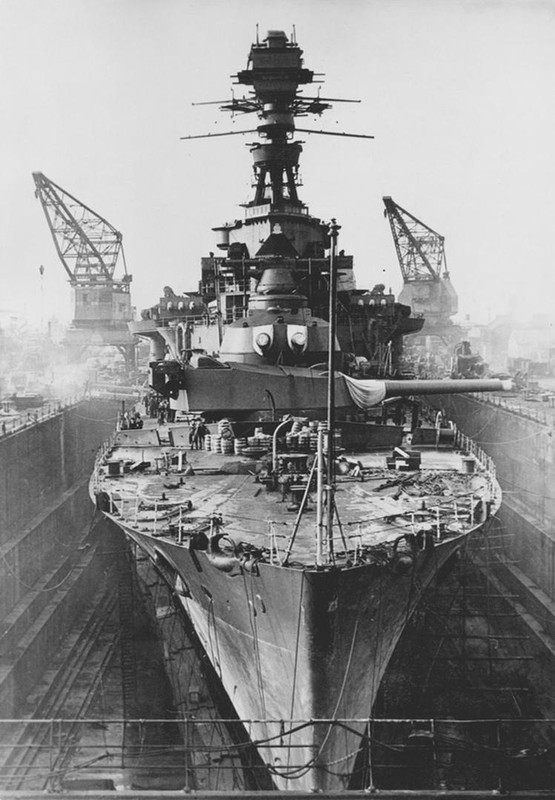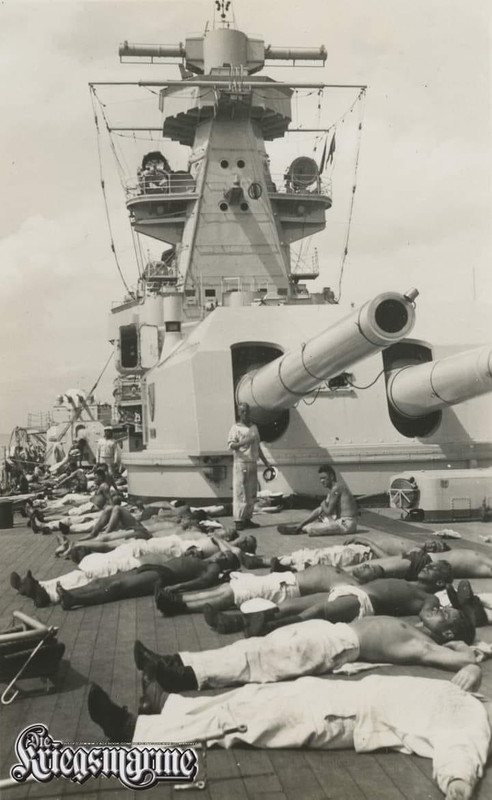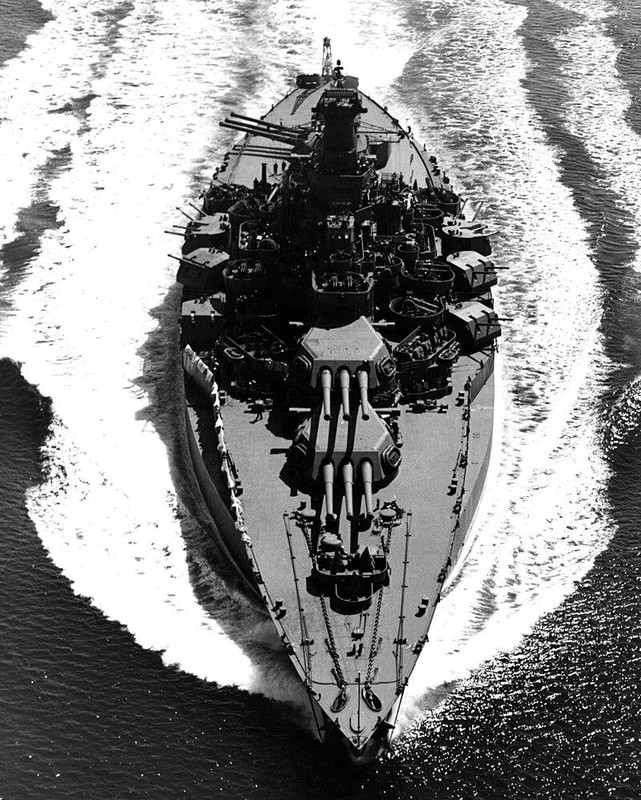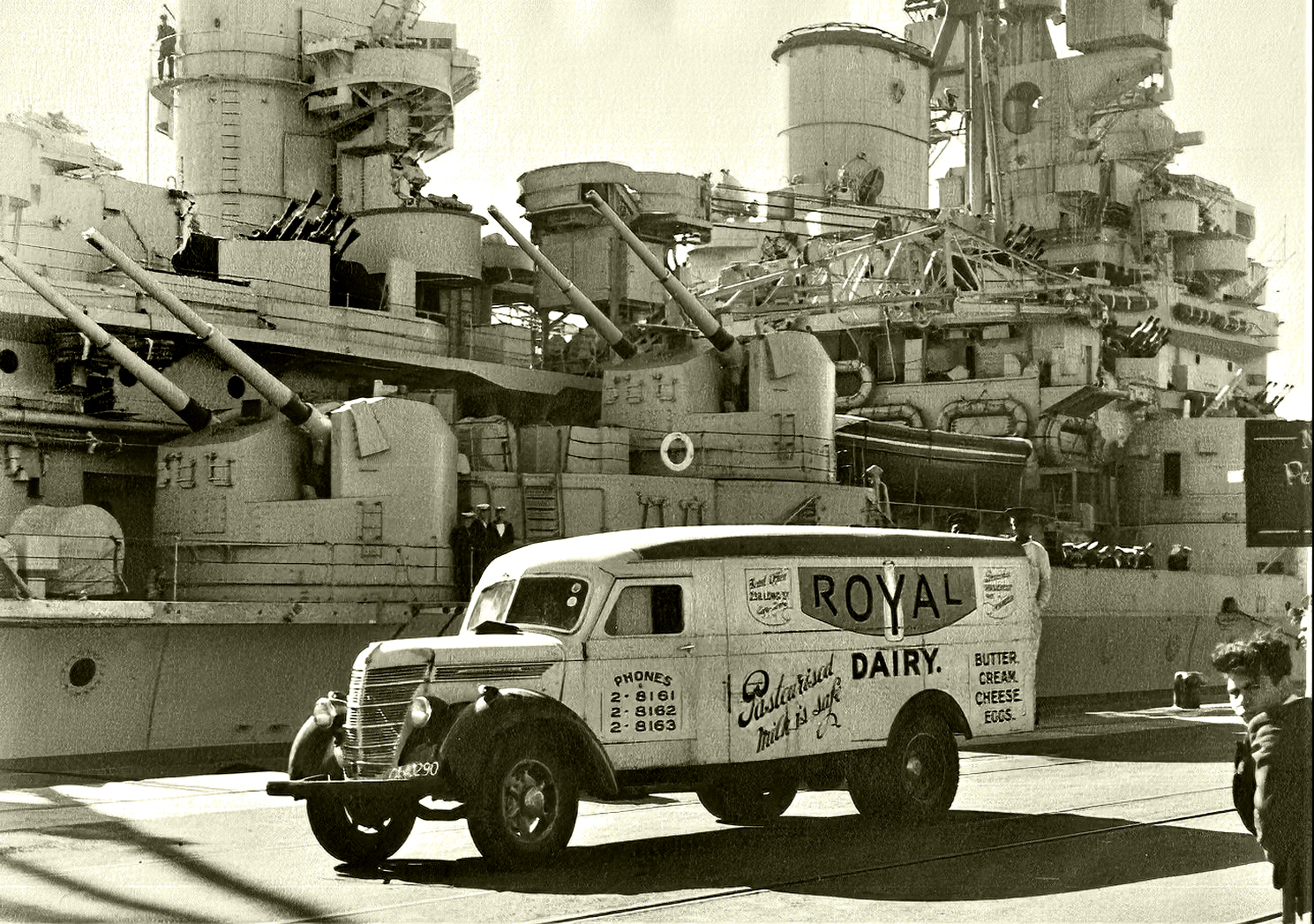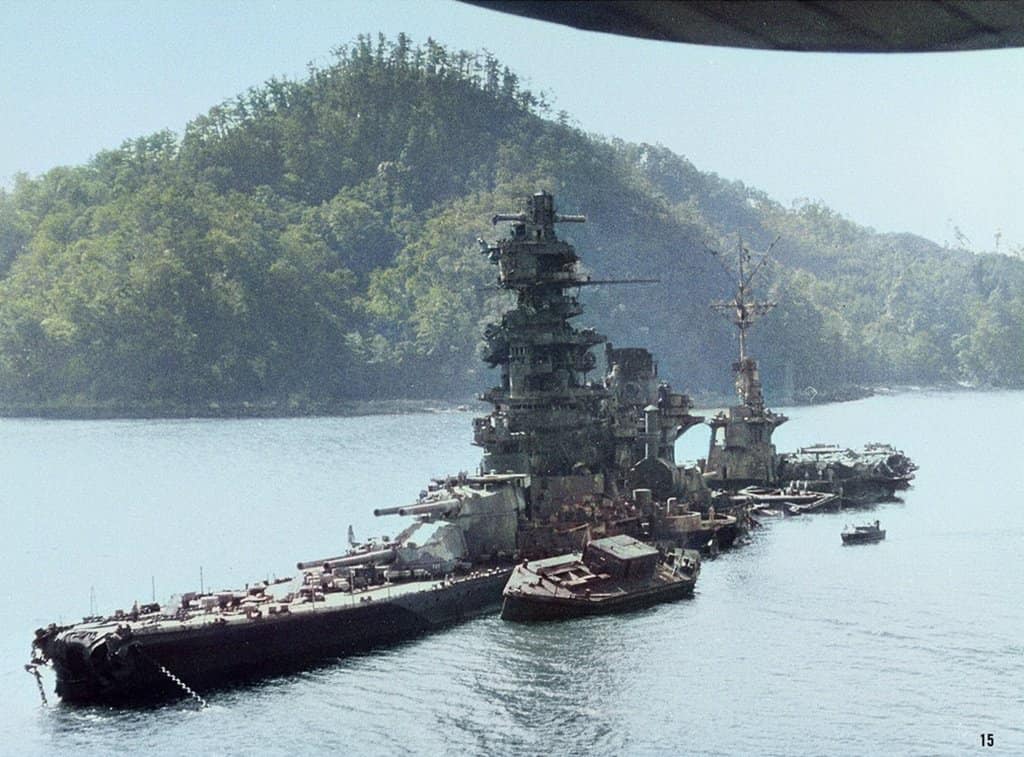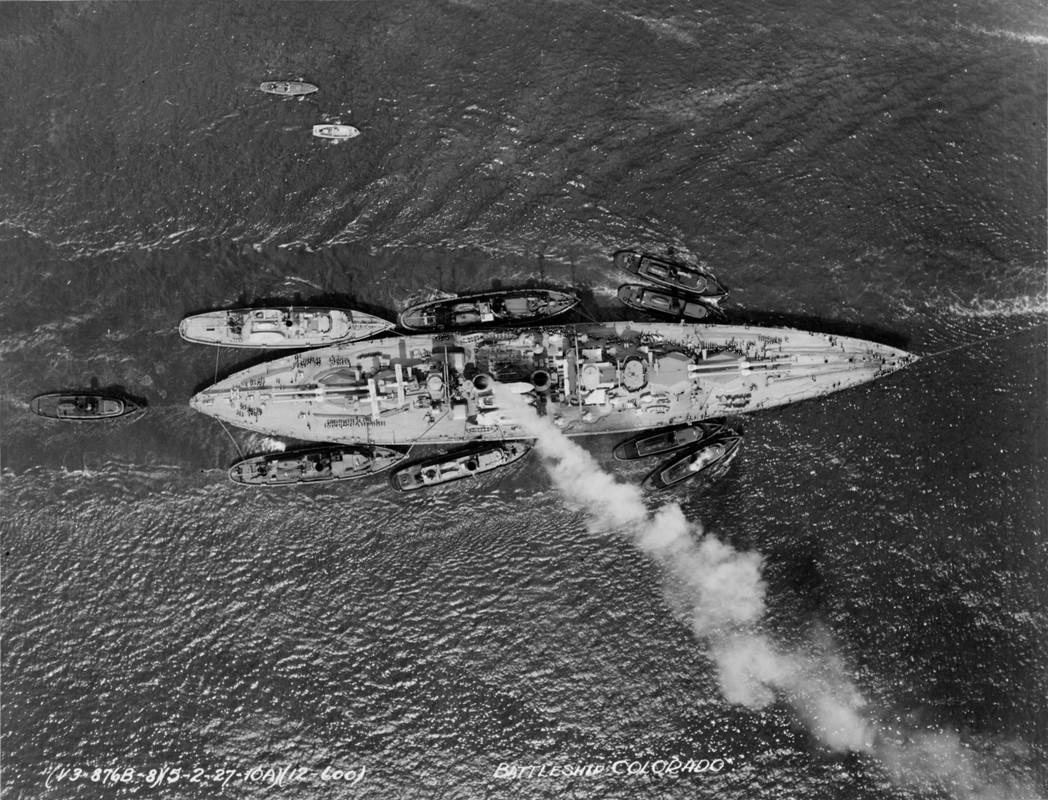Csatahajók - múltja, jelene és esetleges jövője
- Téma indítója fip7
- Indítva
You are using an out of date browser. It may not display this or other websites correctly.
You should upgrade or use an alternative browser.
You should upgrade or use an alternative browser.
Felső sor: (119 ábra) 46cm 3 löveges torony súlya
Alsó sor bal oldalt: Otsu osztályú Akizuki romboló, vizkiszoritás 2.701 tonna
Alsó sor jobb oldalt: 46cm 3 lövegtorony súlya 2.760 tonna
'X' and 'Y' Mark II 15-inch turrets of the battlecruiser HMS Hood during construction
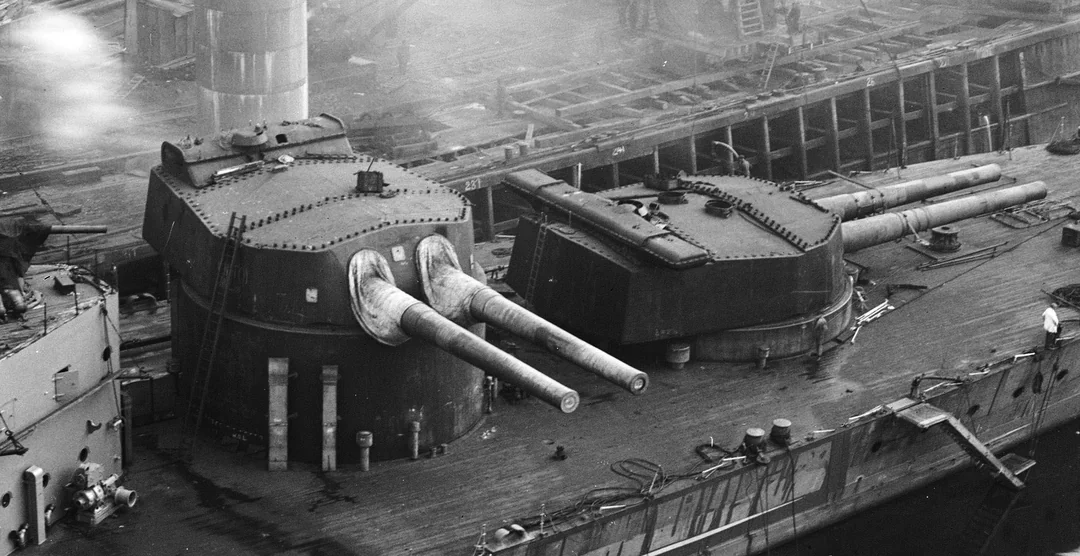
Komment:
"Mattzo12
The Mark II turret was unique to HMS Hood and had a distinct look. This has several improvements over the Mark I turret as fitted to the Queen Elizabeth and Revenge classes:
- Nominal cycle time reduced from 36 seconds to 32 seconds (although 30 seconds was achieved in practice with the Mark I).
- Maximum elevation increased from 20 degrees to 30 degrees, which increase maximum gun range with a worn gun and a 4 crh shell from 23,400 yards to 28,500 yards.
- The armour of the front plate was increased from 13in to 15in.
- The armour of the forward part of the side was increased from 11in to 12in.
- Sighting ports moved from roof to turret face, which allowed the superfiring turret to fire directly over the lower turret.
- All four turrets were equipped with 30 ft rangefinders.
- Flash-tighness improved to handing room cordite hoppers and the cordite hoist cage
- Flash door added to the hoist well.
- Adjustable anti-surging stops fitted to shell hoist, which enabled longer shells to be carried.
- Mechnical improvements to the training gear and gun run-out.
Then & Now: In Oslo, steel plates from the German battleship Tirpitz continue to be a part of everyday life, you can walk and drive over them. The city’s Agency for Water and Sewerage Works acquired a substantial amount of steel from Tirpitz. These steel plates are still in use today.
